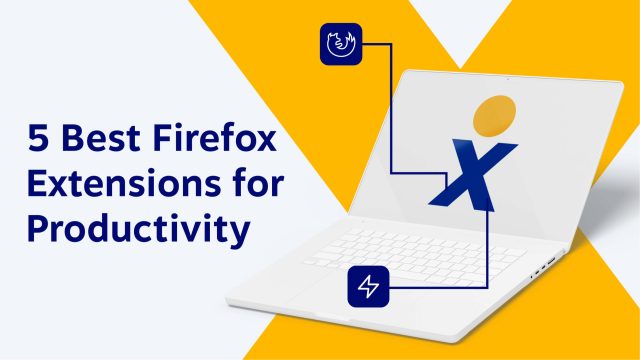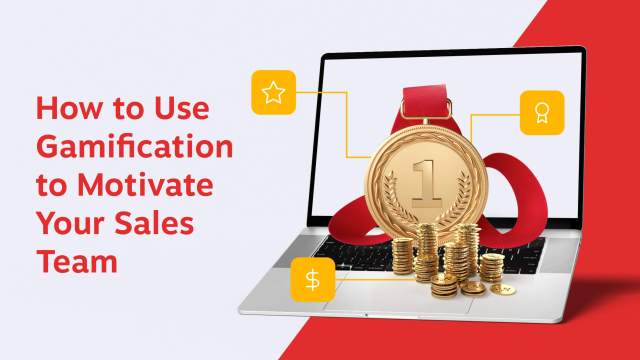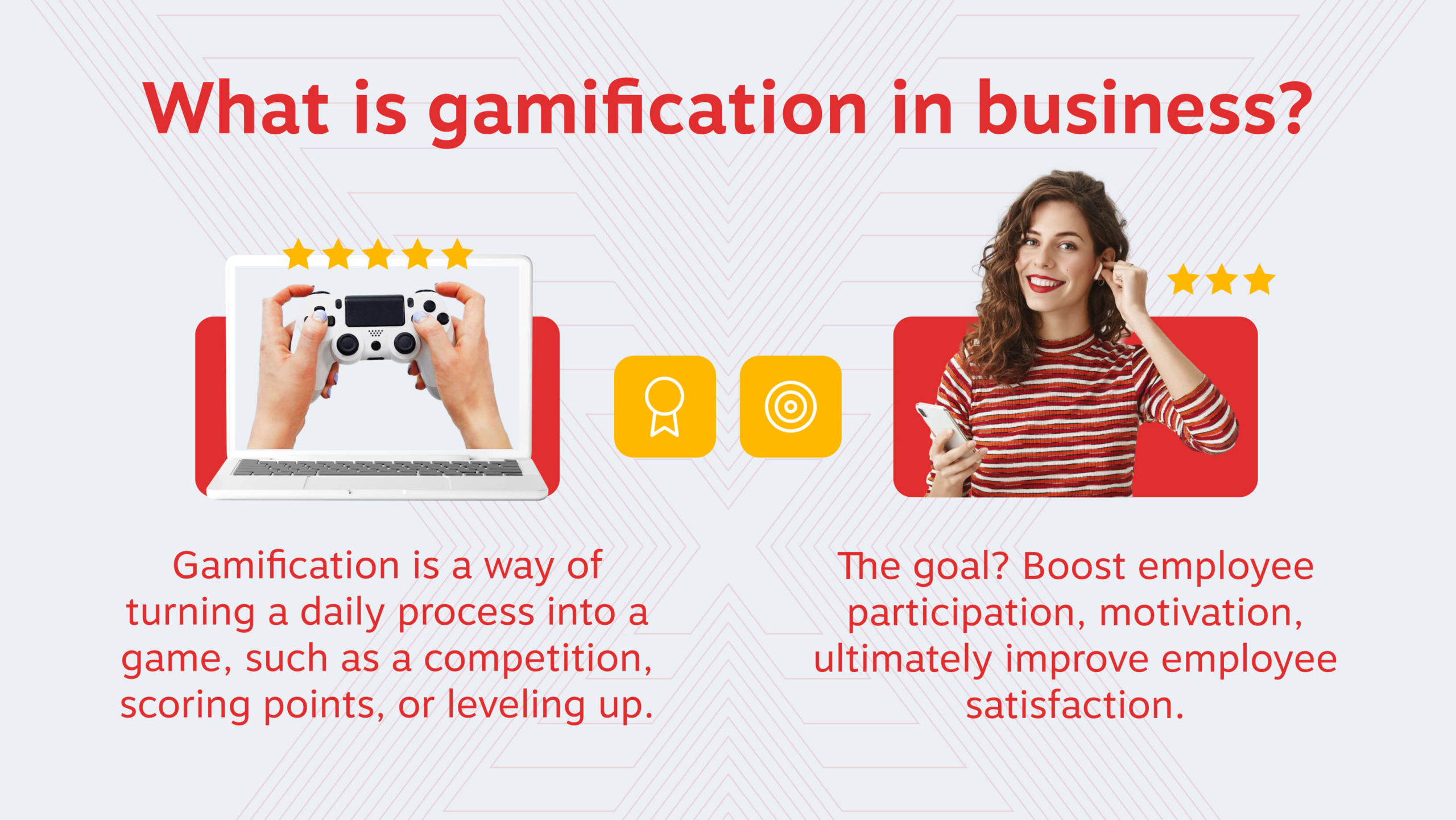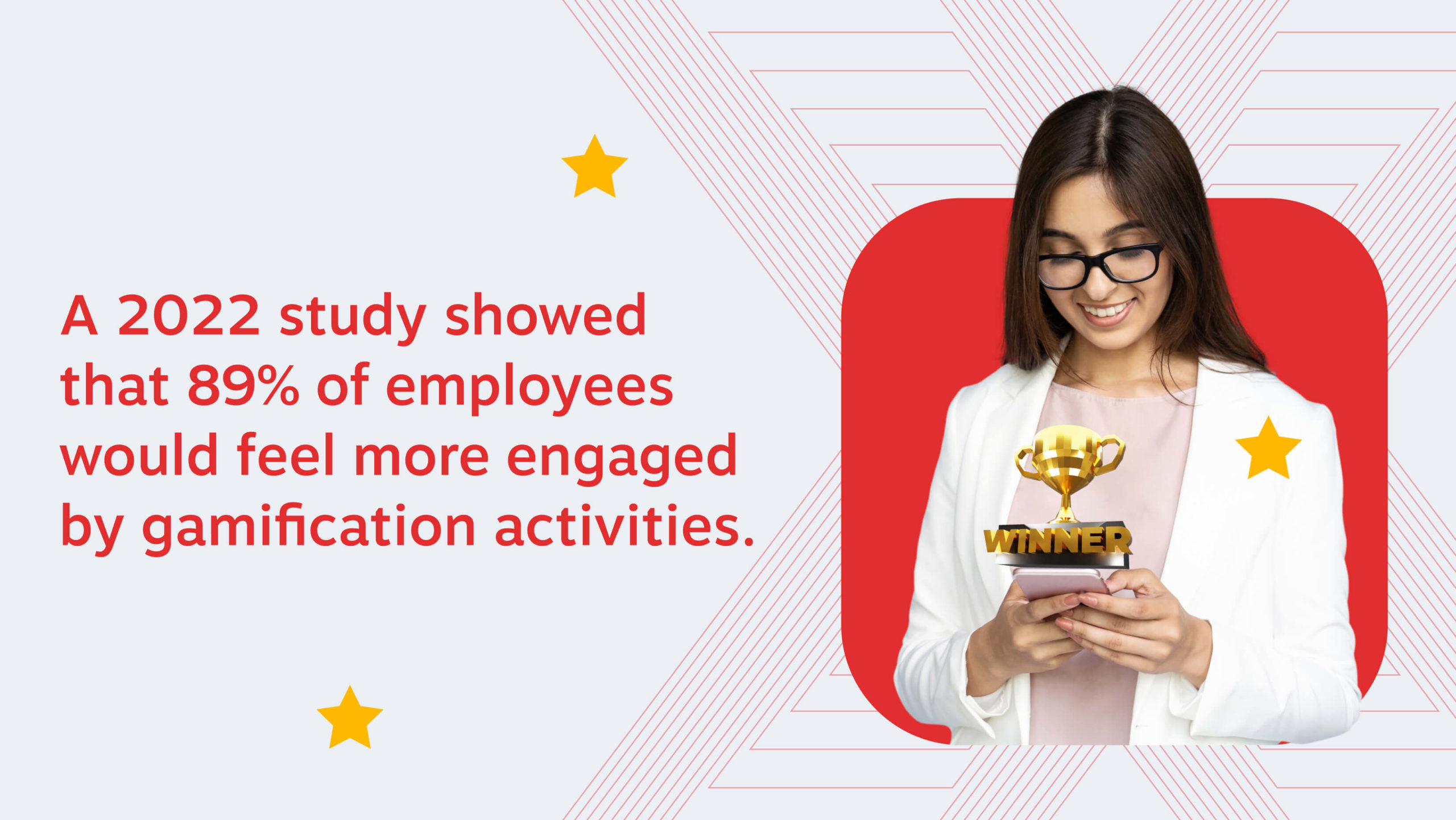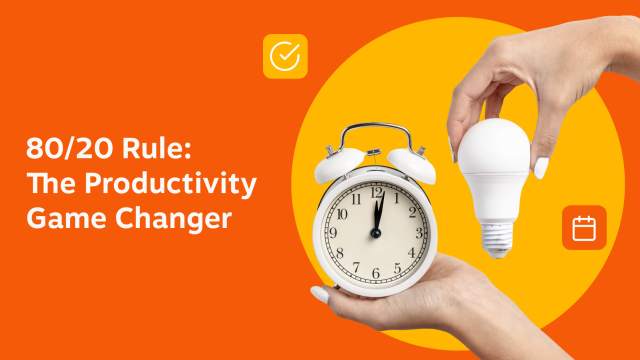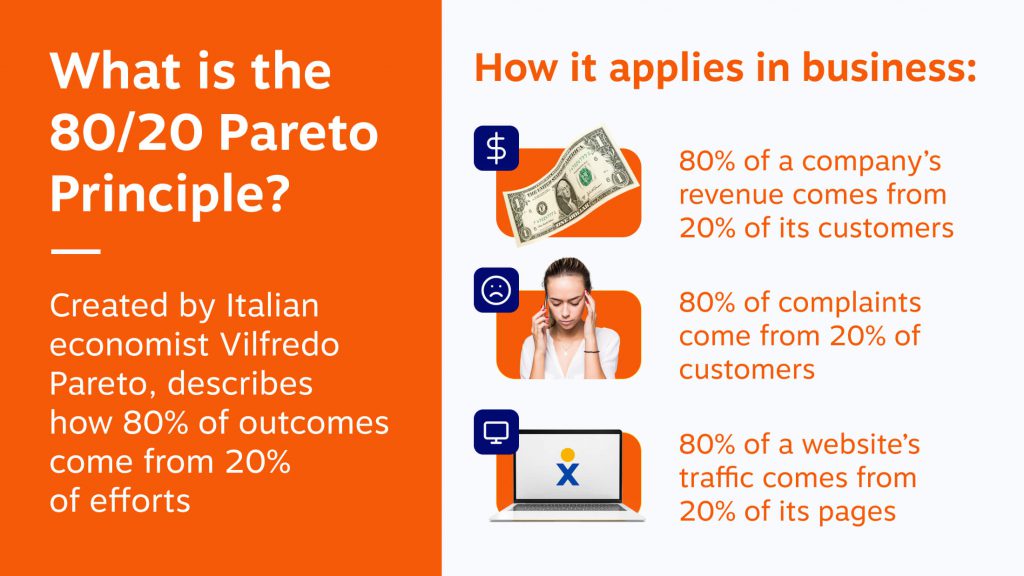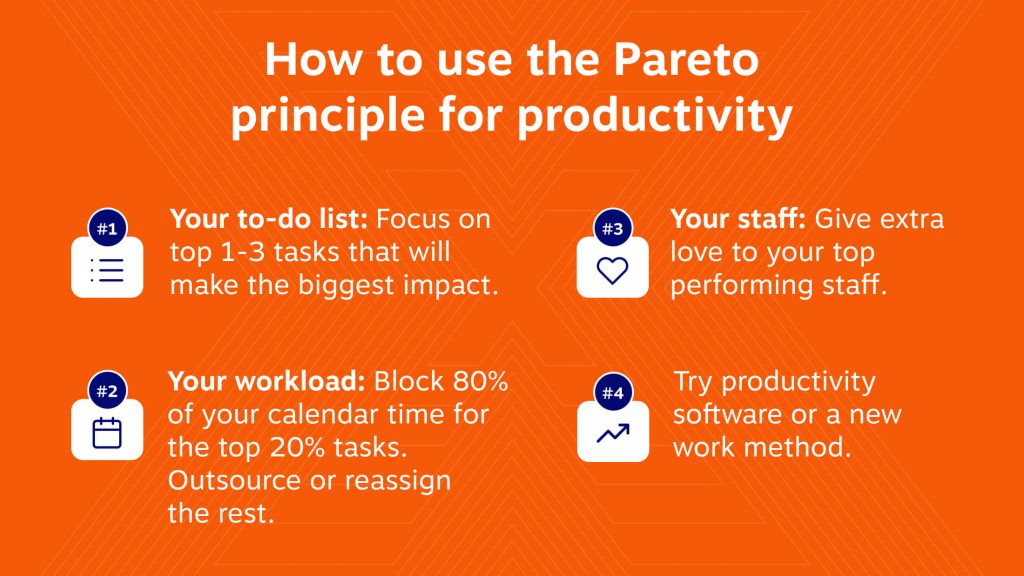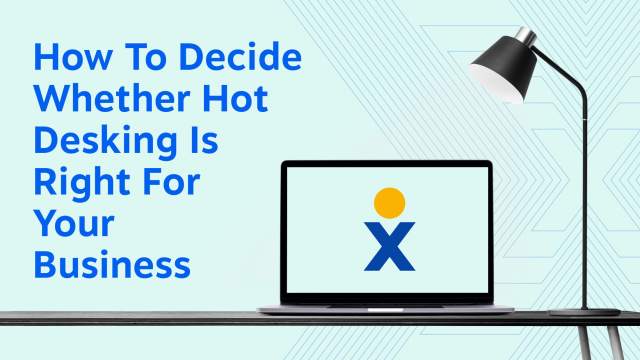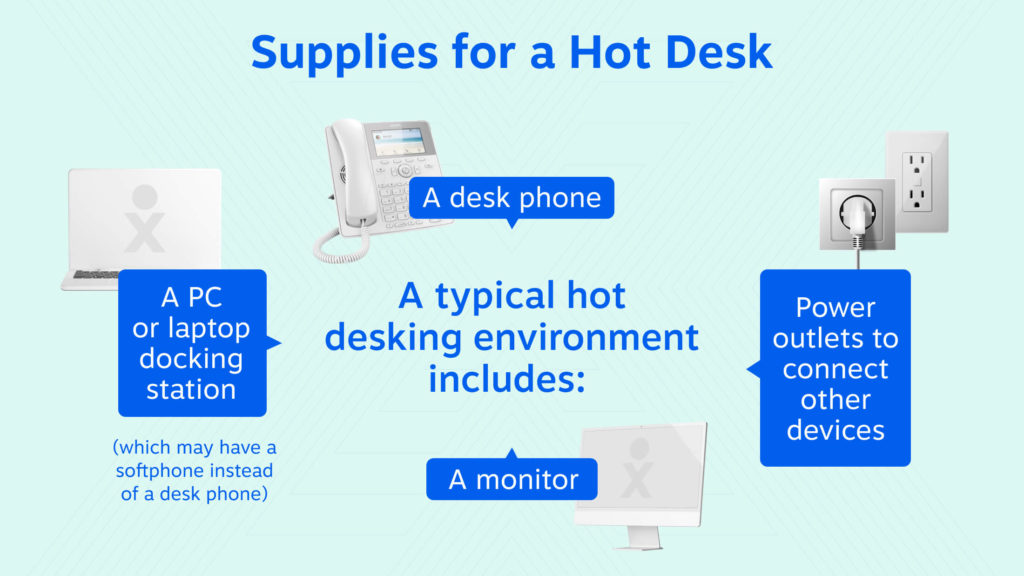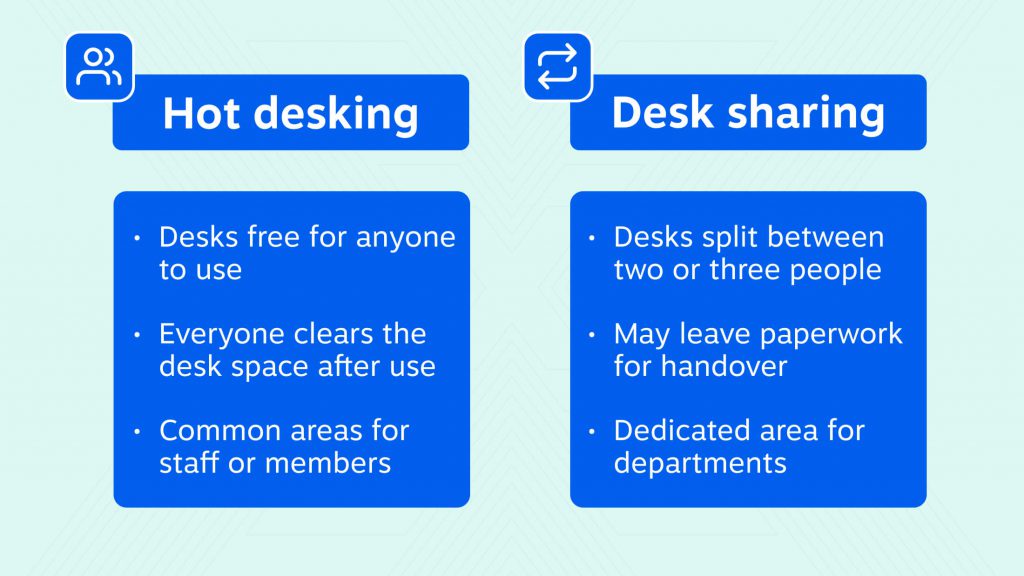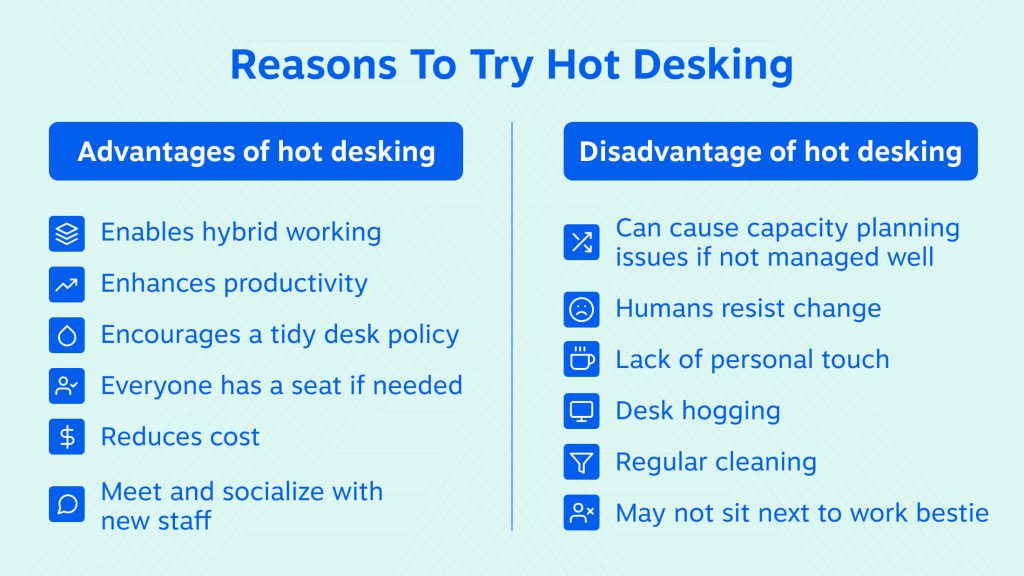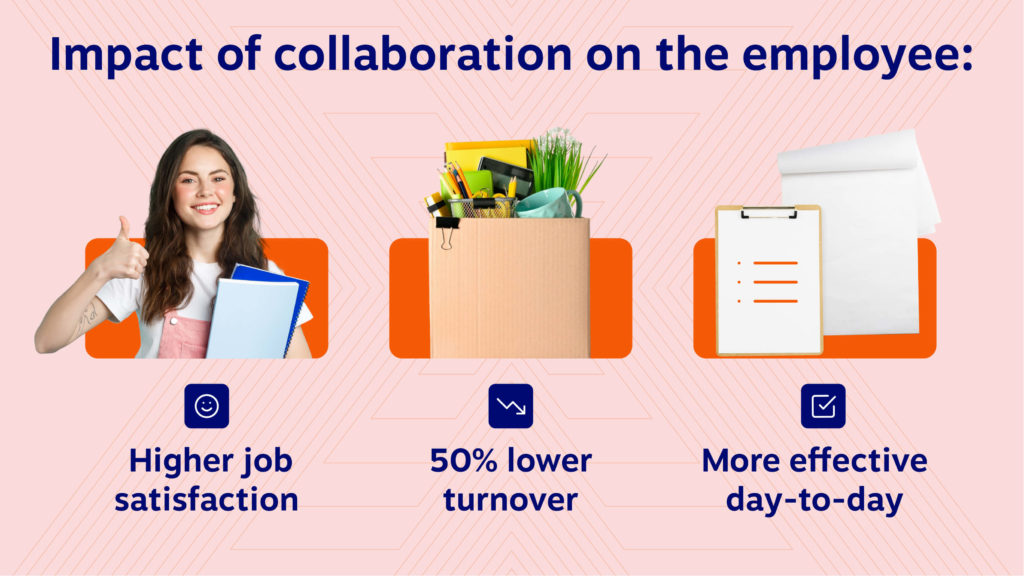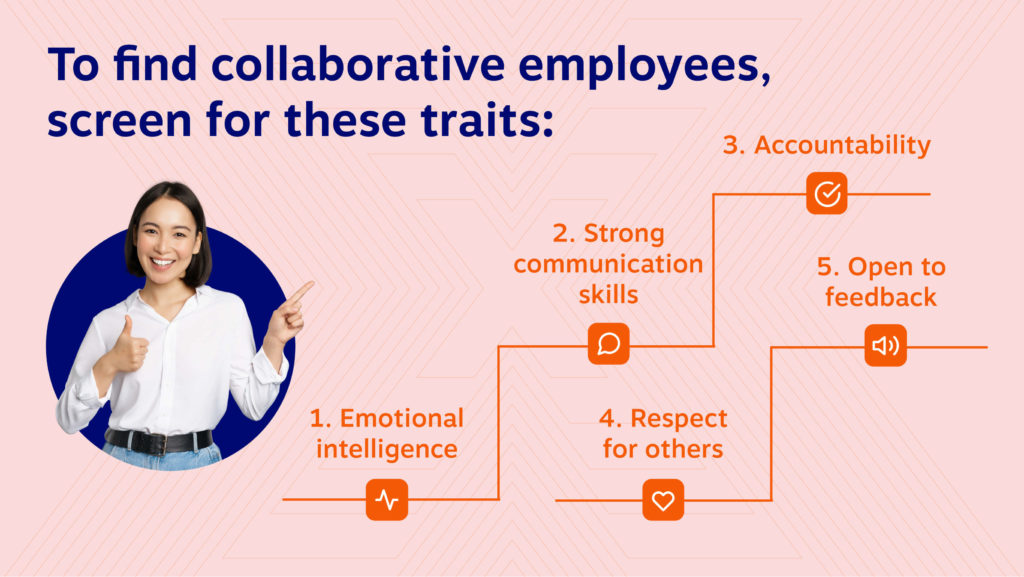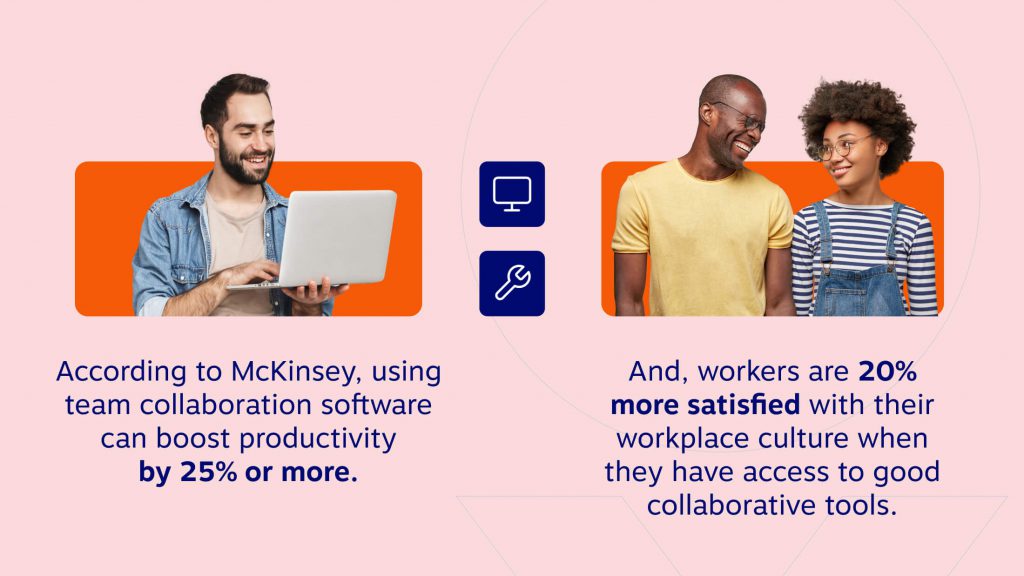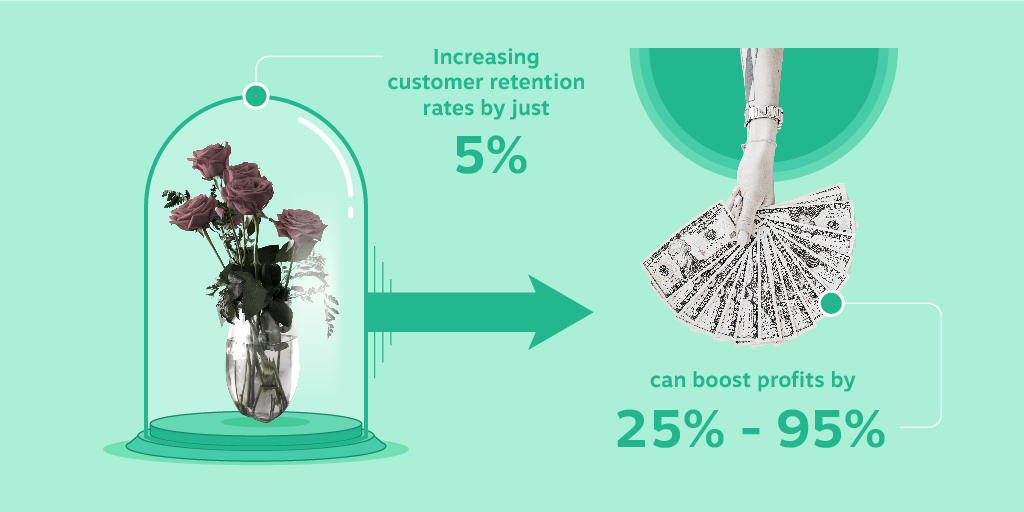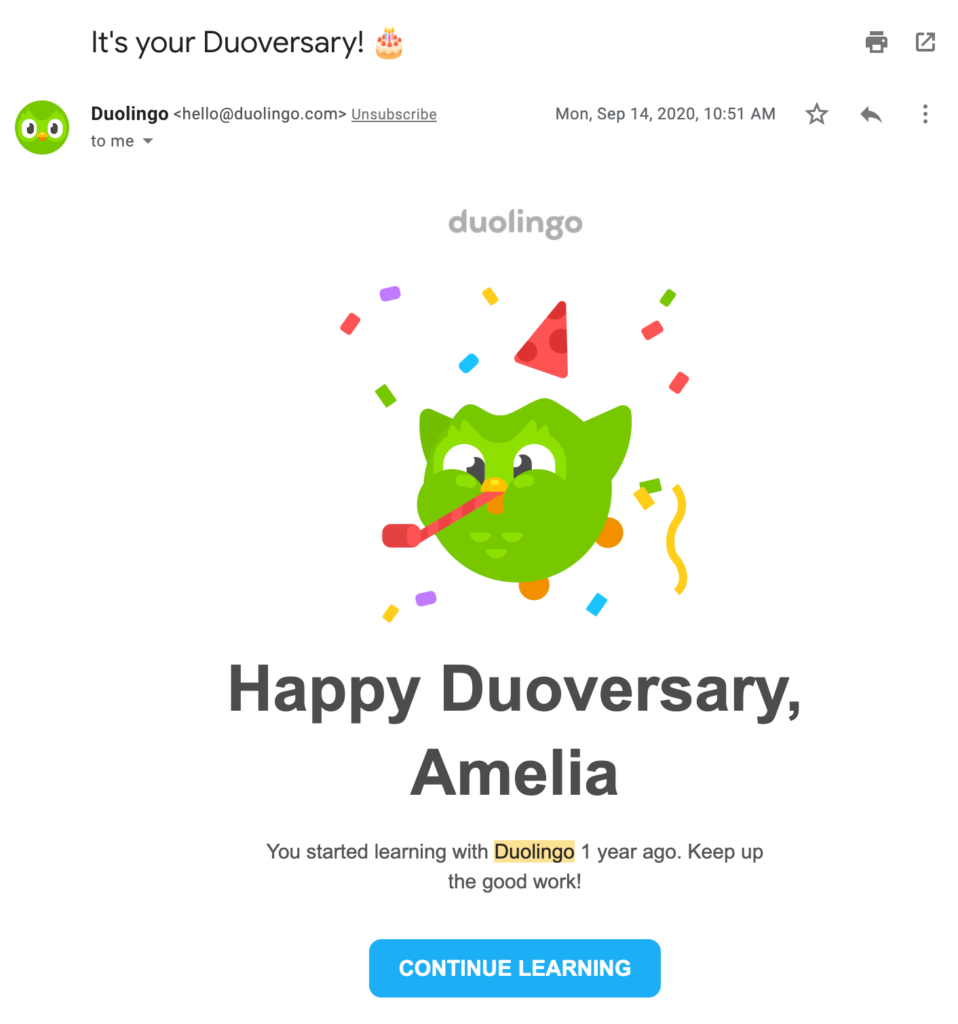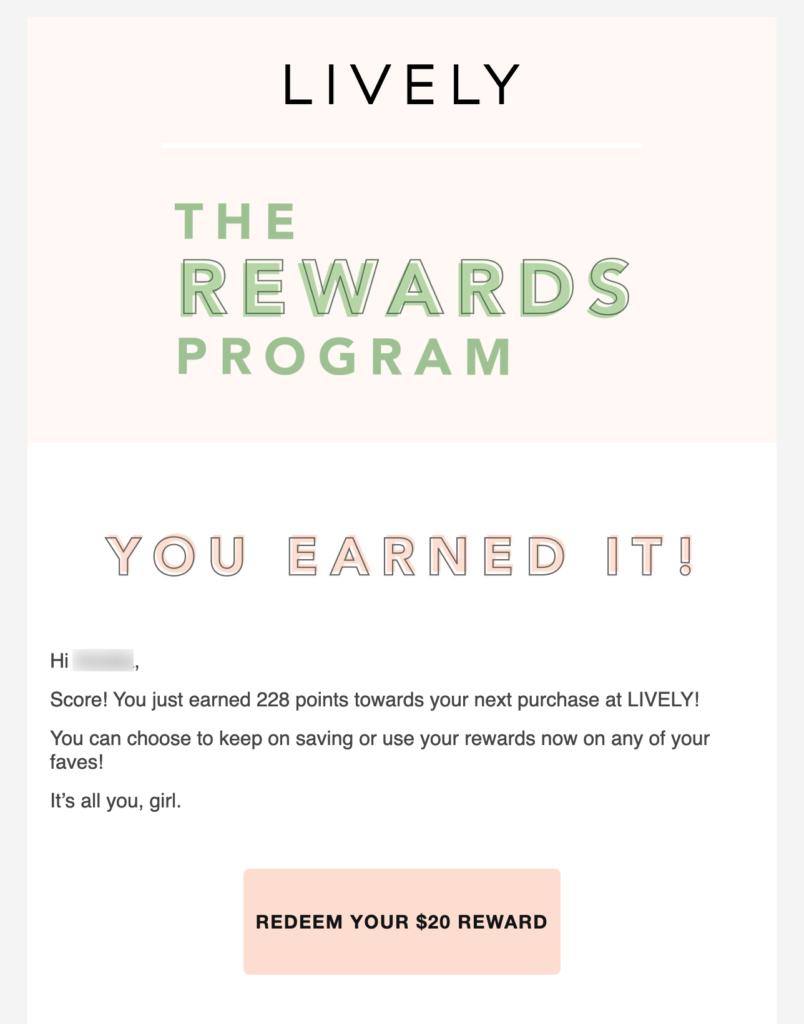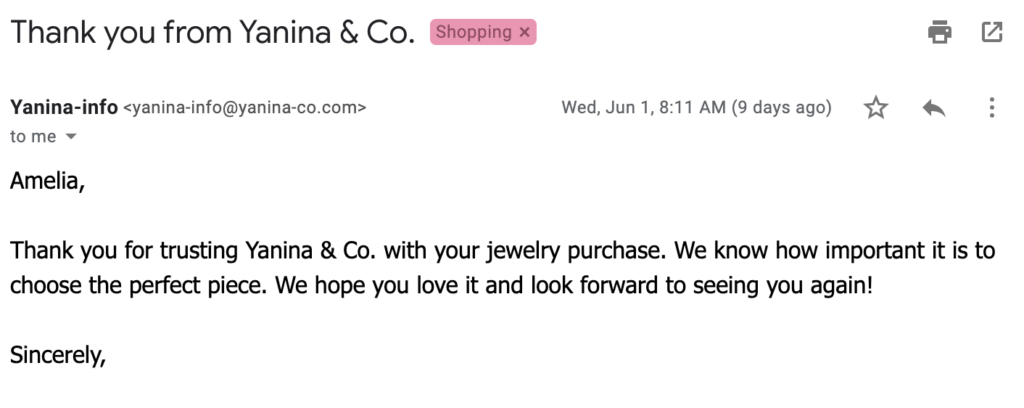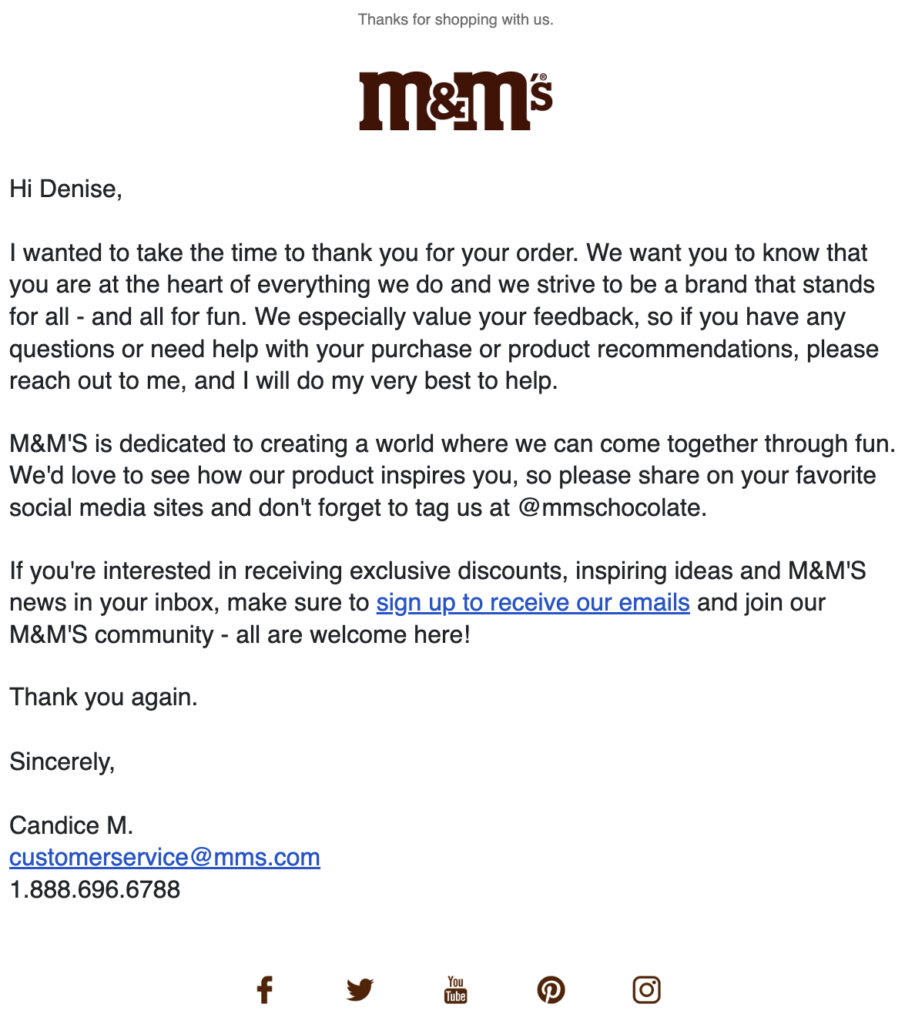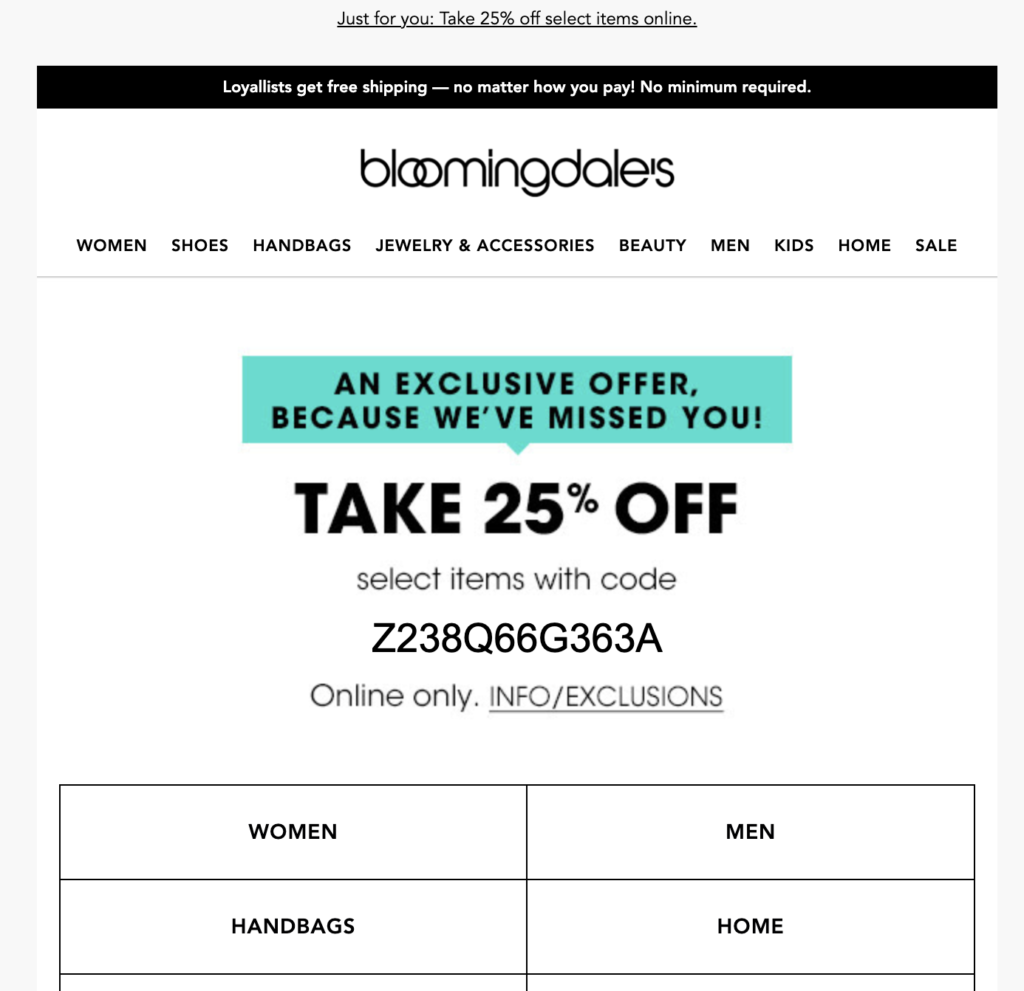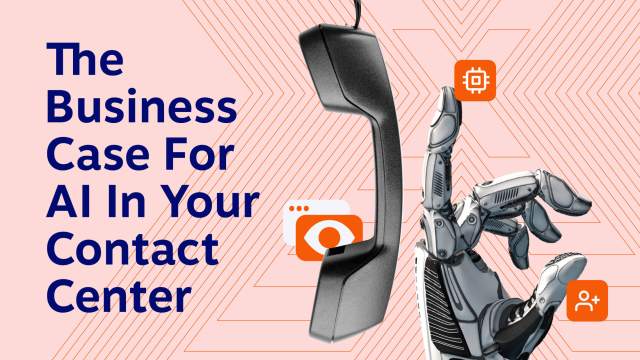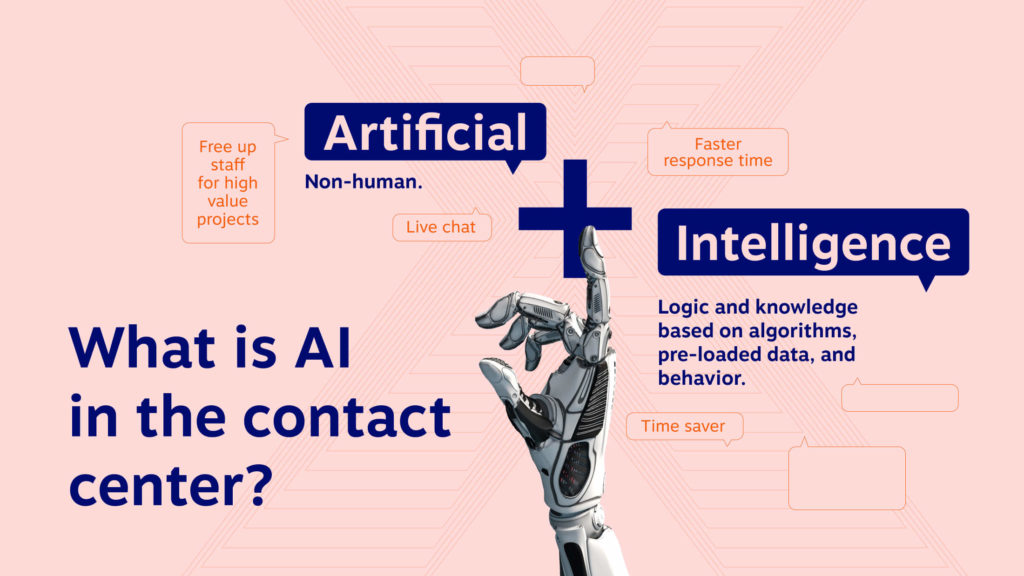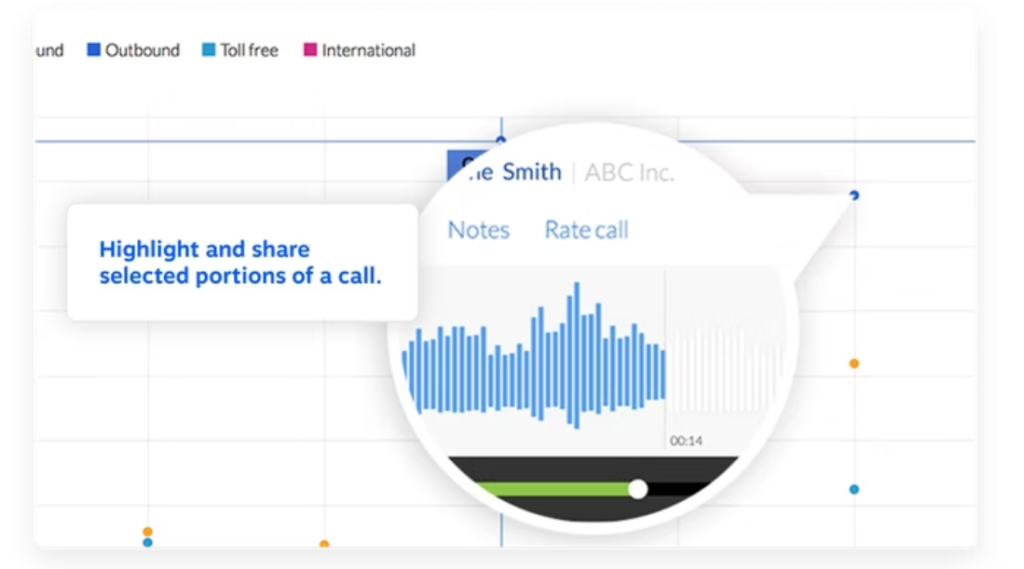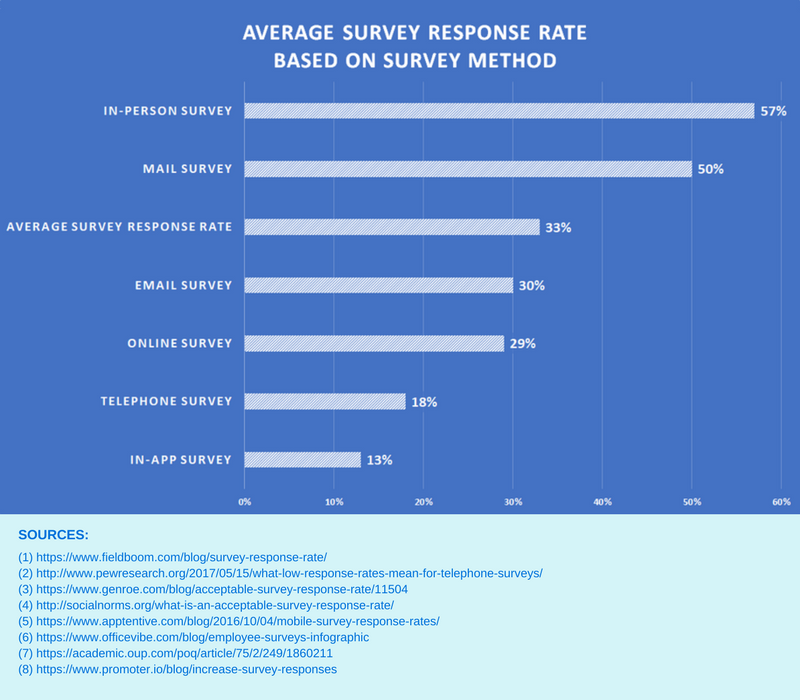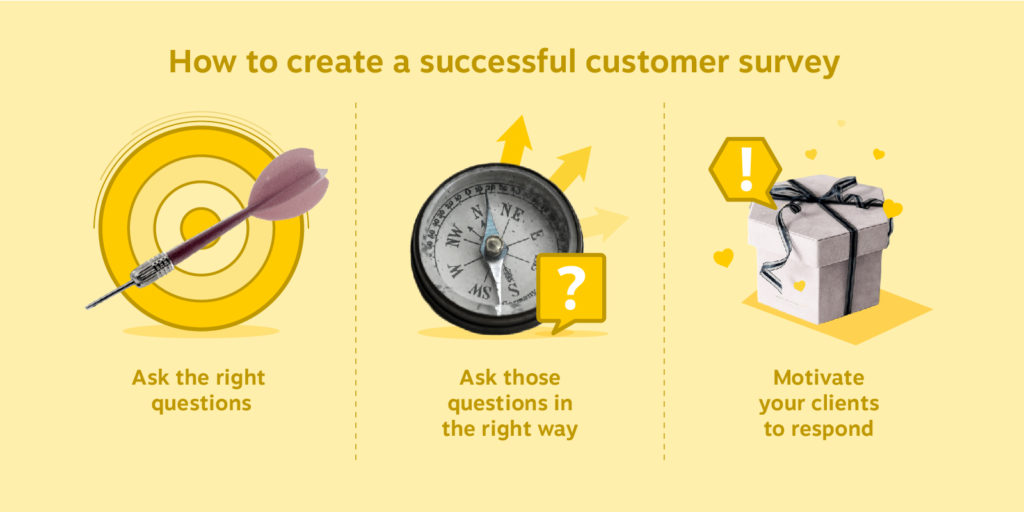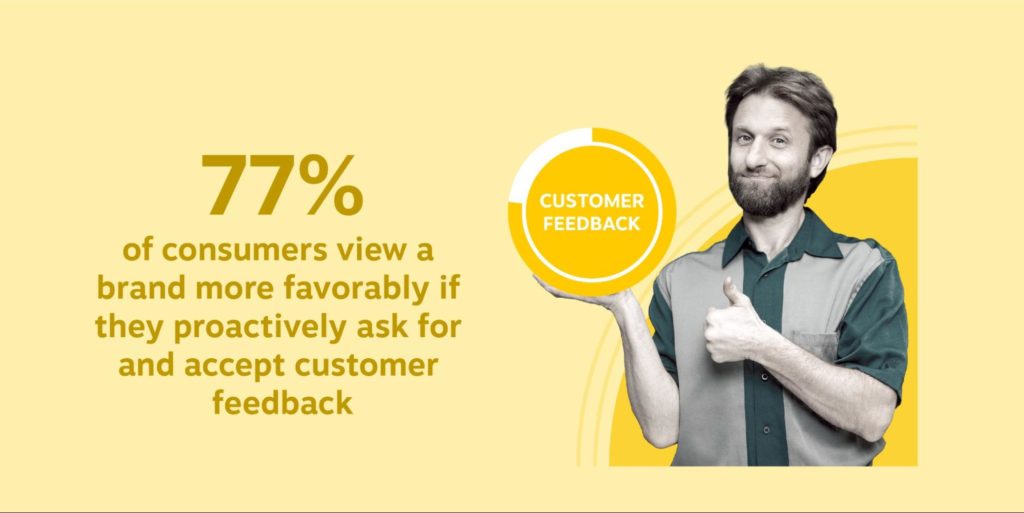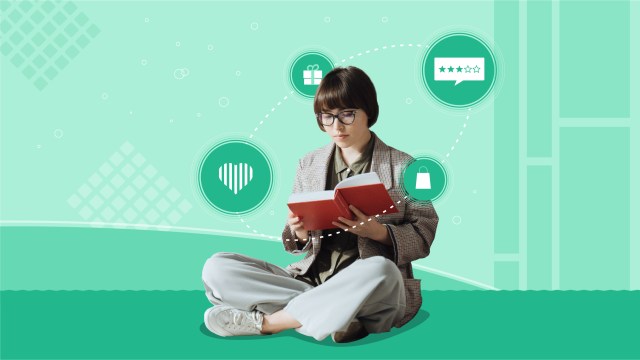Management and employees must communicate effectively with one another to achieve business goals and better align with the company values. Why? The primary purpose is to enhance organizational practices, get rid of silos, minimize mistakes, and keep employees informed.
Communication books are an excellent choice to improve workplace communication skills or learn the underlying principles governing human interactions.
In this post, we will share our list of the top 10 best business communication books to help you optimize work performance. These books cover diplomacy, body language, listening, and empathy.
#1 – The Business Communication Profession: Essays on the Journeys of Leading Teacher-Scholars by Janis Forman
This book by Janis Forman compiles introspective pieces from some of the field’s most renowned professors, teachers, and executives to offer a distinctive orientation to the present, past, and future of business communication.
The Business Communication Profession can benefit a new generation of students, professionals, and teachers as they face the opportunities and challenges of business communication and assist in shaping the field’s future.
#2 – 365 Days with Effective Communication: 365 Life-Changing Thoughts on Communication Skills, Social Intelligence, Charisma, Success, and Happiness
by Ian Tuhovsky
Ian Tuhovsky authored this simple yet highly effective communication skills workbook, which will help you accomplish your goals more quickly with enjoyable and uncomplicated daily tasks. This groundbreaking communication book contains the required guidelines; all you need to do is make time for yourself.
You can push yourself, reinvent yourself, and continually improve – one workout at a time. This book will help you work on various conversation and communication skills, polish your skill set, and enhance both professional and personal relationships.
#3 – Everyday Business Storytelling: Create, Simplify, and Adapt A Visual Narrative for Any Audience
by Lee Lazarus and Janine Kumoff
In this book, visual communication and storytelling experts Lee Lazarus and Janine Kurnoff draw on their years of experience assisting executives at some of the world’s most renowned brands to offer meaning and clarity to their business communications.
Everyday Business Storytelling provides an enlightening exploration of how to create captivating business stories, whether you need to influence decisions in your next meeting with an executive, produce a presentation, or write a high-stakes email.
Using a simple, repeatable framework, you’ll learn how to put your ideas, information, and insights into a coherent, convincing narrative.
#4 – Crucial Conversations: Tools for Talking When Stakes Are High
by Kerry Patterson, Joseph Grenny, Ron McMillan, and Al Switzler
Crucial Conversations is a guide for communicating in tense situations. In this book, the authors provide tips and tactics for guiding difficult conversations into a peaceful resolution and explain how to handle difficult conversations with grace, compassion, and ability.
The book teaches readers how to employ a solutions-focused tone, convince without pressuring, and maintain emotional control.
#5 – Simply Said: Communicating Better at Work and Beyond
by Jay Sullivan
This book offers a comprehensive guide for enhancing your communication based on the Exec|Comm philosophy, which states that we are all better communicators when we concentrate less on ourselves and more on others.
The author connects skills with scenarios and purpose rather than just providing a list of tips to help you hear and be heard. As you learn the secrets of effective communication, you’ll gain the skills to provide excellent presentations and clear, compelling messages, handle challenging discussions, manage effectively, lead honestly, and more.
#6 – The Communication Book: 44 Ideas for Better Conversations Every Day
by Mikael Krogerus and Roman Tschäppeler
Whether you struggle to find the right words to use in meetings or know what you want to say but are unsure how to express it, this book by Mikael Krogerus and Roman Tschäppeler offers 44 tried-and-true suggestions to help you change that.
This manual will enhance your communication abilities and assist you in creating deeper connections, whether you’re a CEO, just starting out, or want to enhance your relationships at home.
#7 – 10 Skills for Effective Business Communication: Practical Strategies from the World’s Greatest Leaders
by Jessica Higgins
This book provides practical strategies on how to communicate more effectively and help you succeed in your career. 10 Skills for Effective Business Communication applies effective strategy from the world’s most successful experts to typical workplace settings in an equal mix of study and practical advice.
You will learn why, how, and when to employ core communication skills to successfully navigate any circumstance using step-by-step directions and easy exercises in this book.
#8 – Words That Work: It’s Not What You Say, It’s What People Hear
by Dr. Frank Luntz
This book explores typical communication errors that cause misunderstandings, discusses how to choose words wisely, and instructs readers on communicating more effectively.
In Words That Work, the author, Dr. Frank Luntz, provides a blueprint for saying what you mean and being understood during conversations. Luntz explains the responsibility of using careful word choice and shows the best ways to convey ideas.
#9 – Writing That Works; How to Communicate Effectively In Business
by Kenneth Roman and Joel Raphaelson
Writing That Works by Kenneth Roman and Joel Raphaelson is a classic manual that teaches you how to express your ideas in writing clearly, concisely, and powerfully. It is essential for all levels of professionals, including those in executive positions.
This book gives guidance on writing business memos, speeches, resumes, letters, reports, and emails, as well as insights into political correctness and suggestions for adopting neutral language that won’t compromise your point.
#10 – The Fine Art of Small Talk: How To Start a Conversation, Keep It Going, Build Networking Skills — and Leave a Positive Impression!
by Debra Fine
In this book, Debra Fine offers guidance on how to hone and develop conversational skills in order to create meaningful connections and leave a positive impression.
The book offers a lot of practical applications in the workplace, such as how to get along with coworkers and build rapport with customers.
The Fine Art of Small Talk shows that less formal conversations can have an equally significant impact, in contrast to many communication books that focus on managing high-stakes discussions.
Final Thoughts
Reading books on communication can help you capture and hold attention, avoid misconceptions, and make you more confident when speaking in front of others at work.
Additionally, the right communication books can help you progress in your career and enhance your company.
Ready to invest in tools that will elevate communication in your office? Whether you need a VoIP phone service or a full-blown call center software, Nextiva has tools designed to help you provide simpler, faster, and more effective customer service.



